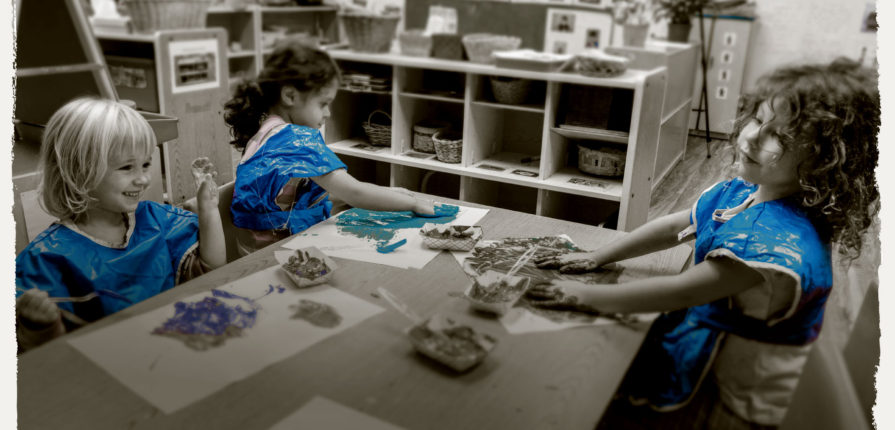Creativity is present in almost everything we do. So much more than simply paint on paper, creativity is an integral step in progress and invention. Without creative thinking there would be no planes, medicines, iPads or music.
However, other than existing in specifically ‘creative’ subjects in the classroom – art, music and craft – creativity has been something mostly ignored in the traditional school environment. The rote learning style in structured education of the last 30 years has meant that children have grown up without the capacity for creative thinking or an enthusiasm for learning.
Where structured education leaves little room for independent thought, creative learning aims to foster the natural curiosity in children, nurturing a love for experimentation and for learning.
What does a creative classroom look like?
In schools that focus on creativity, pupils are encouraged to innovate and experiment. Teachers are trained not to provide the answers, but to ask the right questions and give the students the tools and strategies to discover the answers for themselves – through enquiry-based learning.
Rather than set desks facing a whiteboard, flexible learning spaces are used, where students work creatively with classmates.
It is now well known that all children learn differently – some respond best to visual imagery, others prefer demonstration, others like verbal instruction. A creative classroom allows children to utilise their strengths and learn in a way that is most effective and enjoyable for them. This means that children grow to love learning, rather than seeing school as something that is something boring to endure. As Benjamin Franklin said: “Tell me and I forget. Teach me and I remember. Involve me and I learn.”
Benefits of creative learning:
Creative learning is important in building critical thinking and problem solving skills. Allowing children to look at things laterally and think outside the box, students learn by asking questions and finding solutions. By encouraging students to feel confident in investigation and enquiry, they are no longer being told the ‘right’ answers to memorise, but instead they discover their own answers, through investigation and exploring all ideas. Creative experiences re-energise and engage children, educating children as a whole person, allowing children to grasp concepts and have increased motivation in learning by tapping into their curiosity.
Children who have learnt this way are less likely to give in to peer pressure as teenagers, as they are skilled at individual thinking. And later in life, many professions now depend on these problem-solving skills.
What can we do to boost creative thinking?
Being creative at home doesn’t mean getting out the craft box out every day! There are many things we can do as parents to nurture creative thinking skills outside the classroom.
Answer questions with questions. Whenever a child asks a question, we can encourage critical thinking by asking them what they think the answer is first.
Explore answers and solutions together; use open-ended questions to help them find the answer themselves.
Nurture their imagination. Fuel their imagination with nature walks, investigations and plenty of storytelling. Rather than read a book, make up a story together.
Get hands-on. When explaining adding or subtraction, use toys. If learning fractions, chop up an orange.
Use their interests. Bring their passions into their learning. If they love football, use that to look at shapes, colours, measurements, as well as adding vocabulary.
Encourage disagreements. There isn’t always one answer to a question, so encourage critical thinking through debate and discussion. Challenge them to come up with alternative solutions.
Celebrate mistakes. Children are much likely to explore creative thinking if they are accepting of feedback and understand that failure is part of learning. Show them when you make a mistake, so they see it is normal, and show them what you have learnt from that.


